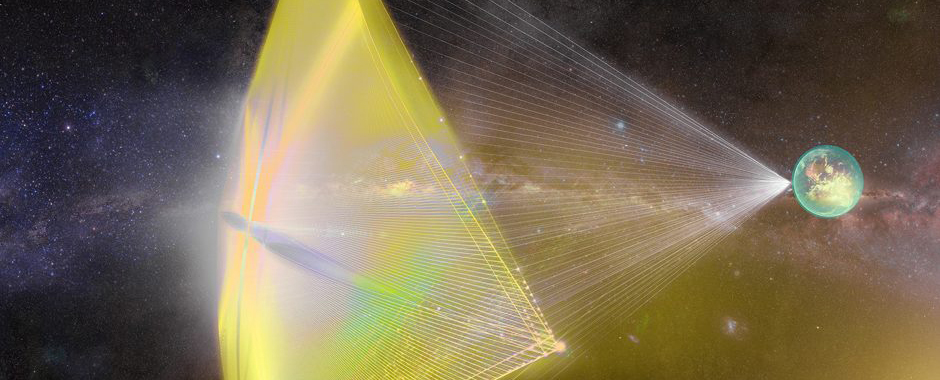- cross-posted to:
- hackernews@derp.foo
- cross-posted to:
- hackernews@derp.foo
As Universe Today explored in a previous post, it would take between 19,000 and 81,000 years for a spacecraft to reach Proxima Centauri using conventional propulsion (or those that are feasible using current technology)
Jesus, at 4.25 light-years.
Acceleration is a bitch. A manned flight would take longer as it would have to cap it’s thrust to 1-1.5G or risk long term effects. Not to mention having to cancel ALLL of that thrust starting at the halfway point.
Biology is frustrating. We’re built for everything except leaving the immediate area around the sea we crawled out of. Anything beyond that and our bones melt into cancer.
If you could maintain 1g of acceleration you would reach light speed in about a year.
The laser array is expensive but if it’s continuous and spread out enough you could keep sending newer probes. Or if it’s not continuous you could use it for different directions!
According to Scott Manley’s video on the topic the probes would need to arrive at the correct time in order to form what is effectively a huge phased array antenna.
Only then is the combined transmission power of these tiny probes large enough to be received on earth.
A very cool idea, however the headline is misleading - NASA has not even remotely committed to running this mission. They’ve selected the swarm project as one of 13 projects in their innovation program and given it up to $175k to study feasibility. That’s roughly a postdoc for two years. This is far, far from committing the hundreds of millions or billions needed for the execution of this mission.







